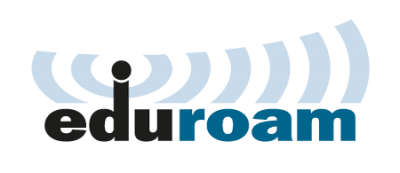Ryan Kocsondy
CEN Director
I hope we are all taking a sigh of relief as we put what may be the most challenging academic and calendar years behind us. It may be hard to describe recent events sometimes, but some of our pandemic go-to phrases may suffice: ‘unprecedented’, ‘transformative’, ‘we’re in this together’, ‘wash your hands’, ‘new normal’, ‘virtual <insert any word here>’, and last but not least ‘you’re on mute’. Whew, thank goodness that is out of the way.
As everyone has dealt with the pandemic in their own way, we have a chance to look back at what has been a crazy and hectic year for education, work, play, stress, rest, relaxation, and just life in general. Some recent successes:
The return of the CEN Annual Conference, where we and more than 420 attendees participated in the three-day online event. We received lots of positive feedback, mostly due to the awesome content and insights provided, vetted, and delivered by our community. We look forward to seeing new proposals and returning to an in-person event on May 5, 2022 at the Hartford Convention Center.
The CEN community continues to grow. With more than 650 community anchor institutions participating in the Network, we also took the opportunity to give back through a 2% rate reduction starting July 1, 2021. The reduction in rates and continued high quality service model help deliver on our primary goal of ‘Provide Value’ in our community driven CEN Strategic Plan implemented in 2019.
CEN technical staff are as busy as ever rolling out The Governor’s Everyone Learns Initiative WiFi locations in partnership with our community members. The Hub Site Upgrades project is well underway, rolling out additional 100G capacity to our busiest backbones and improving visibility, telemetry, and security of the CEN broadband infrastructure.
The CEN community has performed well overall and helped position Connecticut as a leader in the pandemic response. The physical network sustained the new demands of remote and hybrid learning, work, and telemedicine. The ‘human network’ has also really proven its resiliency, reliability, and flexibility to get things done and make the best of the situation.
This summer will hopefully prove to be relaxing for most, as we all try and get some much-needed time to rejuvenate and work on projects and tasks on the near horizon.
Kudos and a big THANK YOU to all the IT professionals and leaders out there helping it all come together.
Happy Summer everyone,
Ryan Kocsondy
